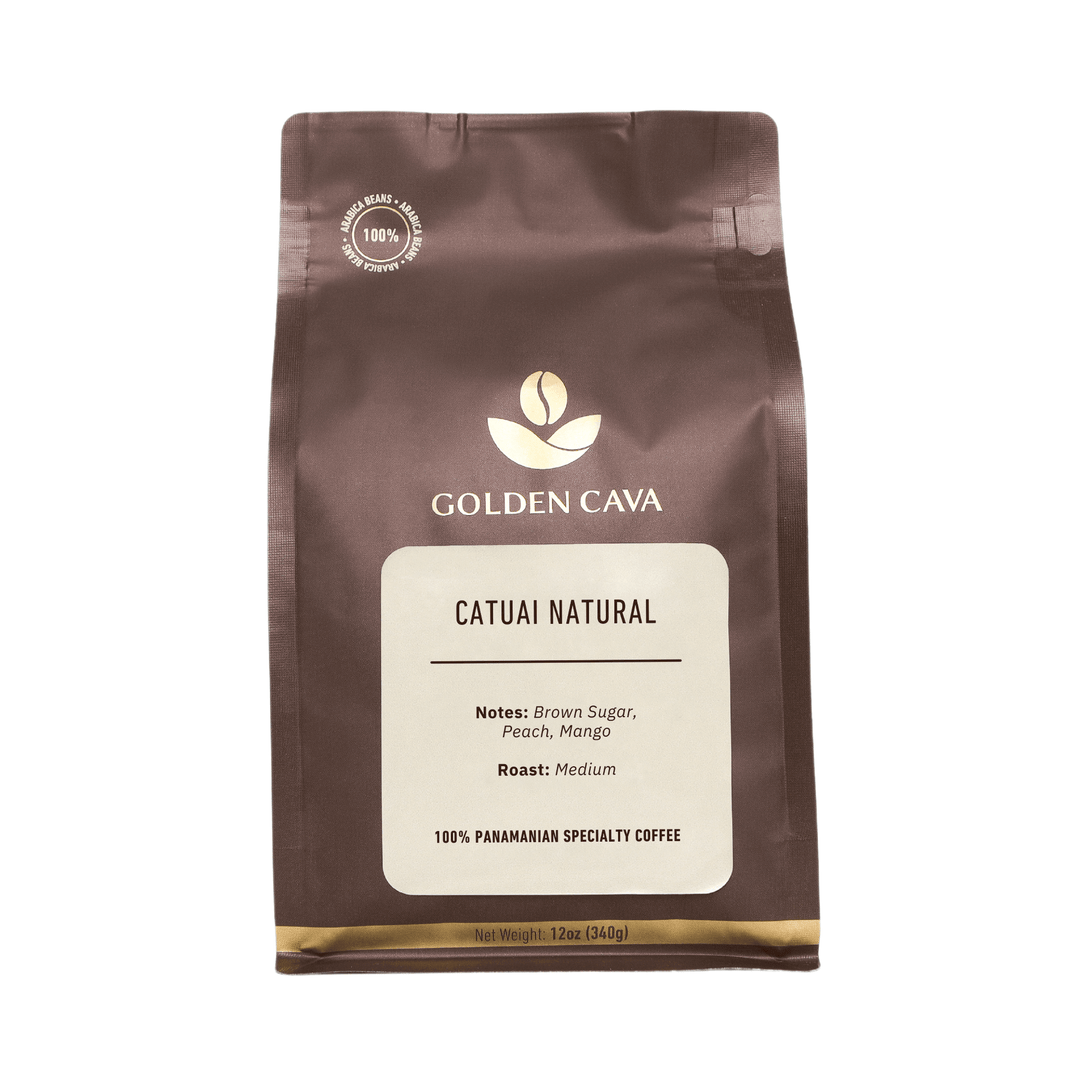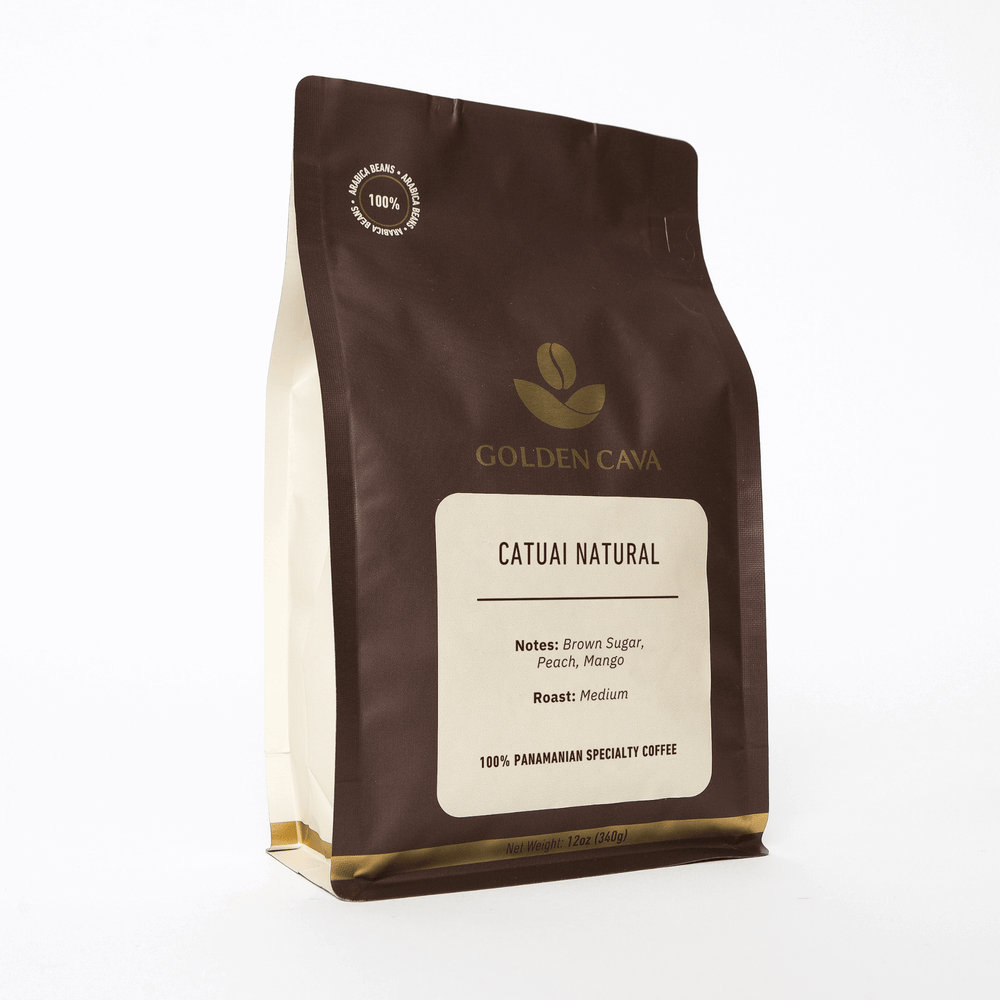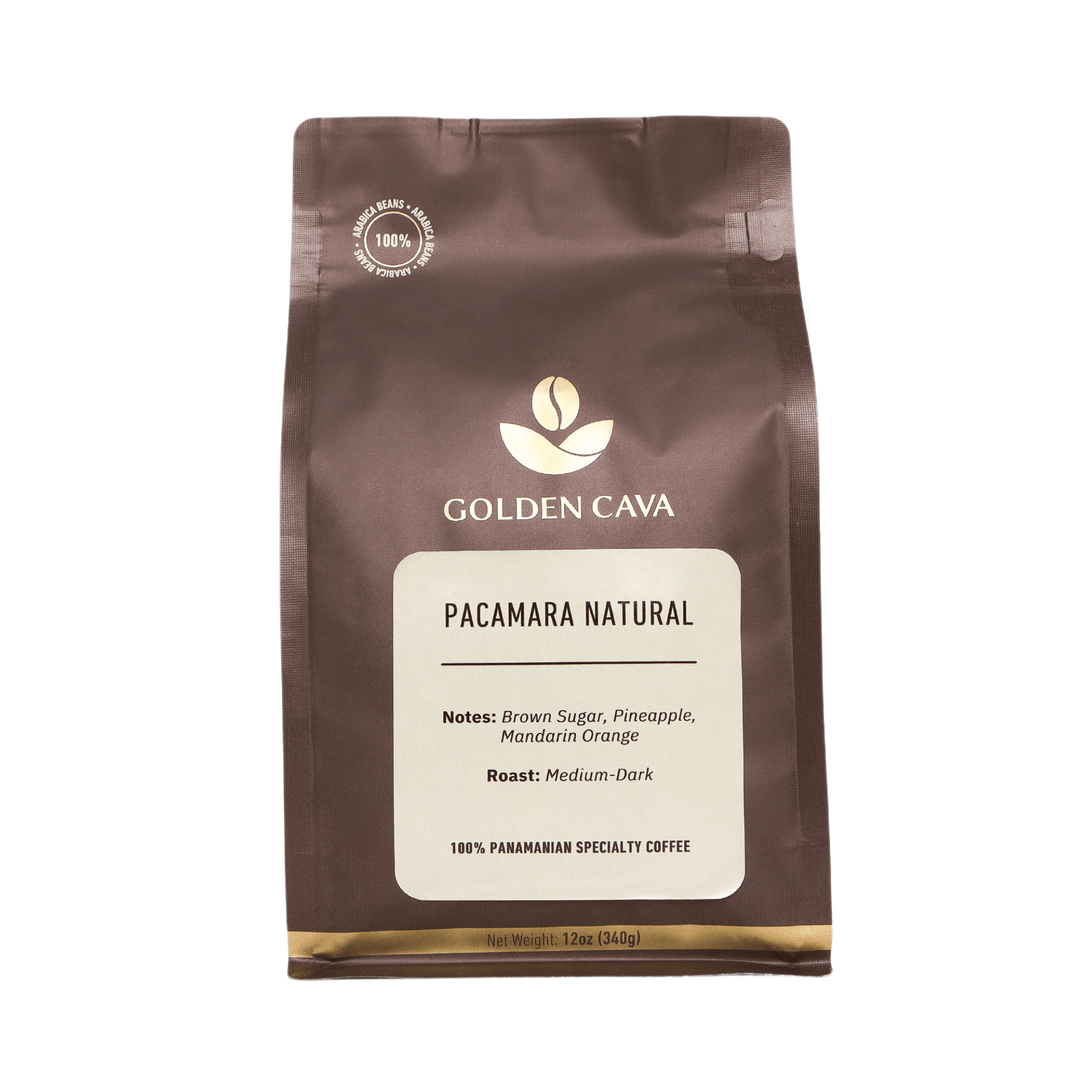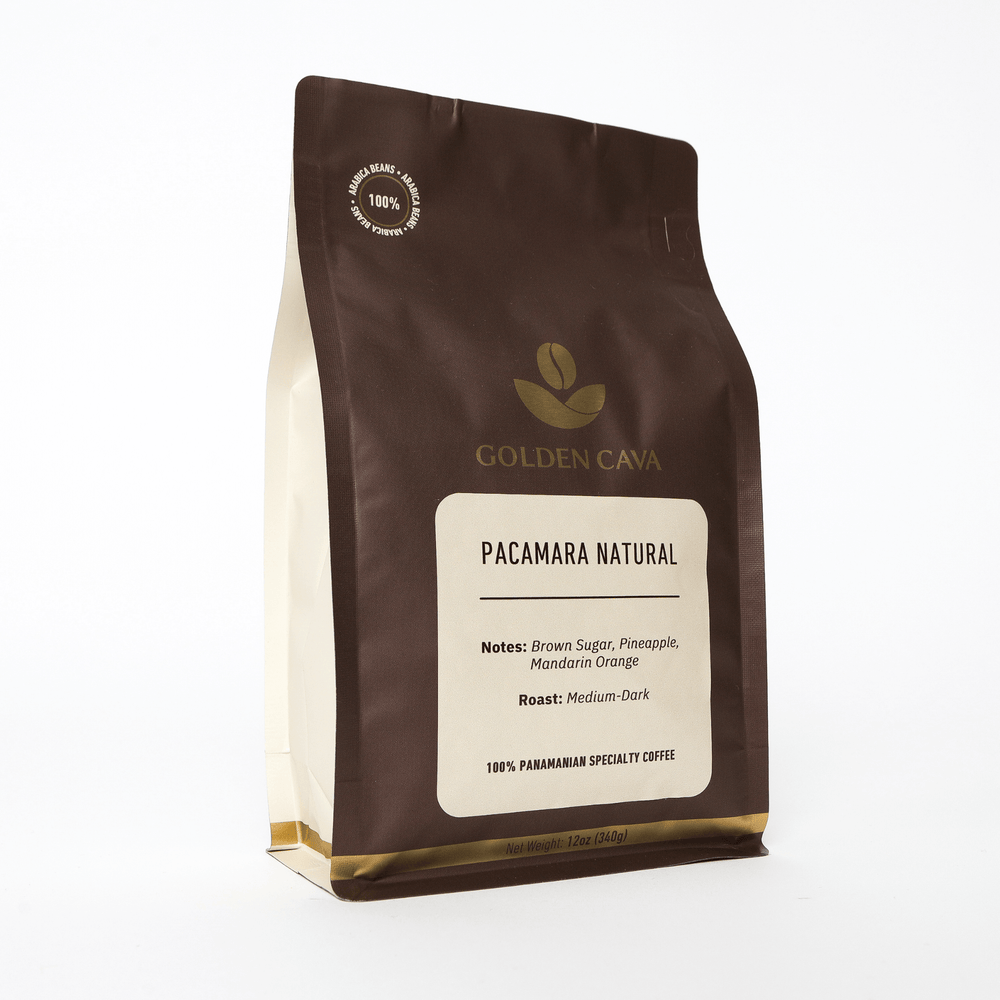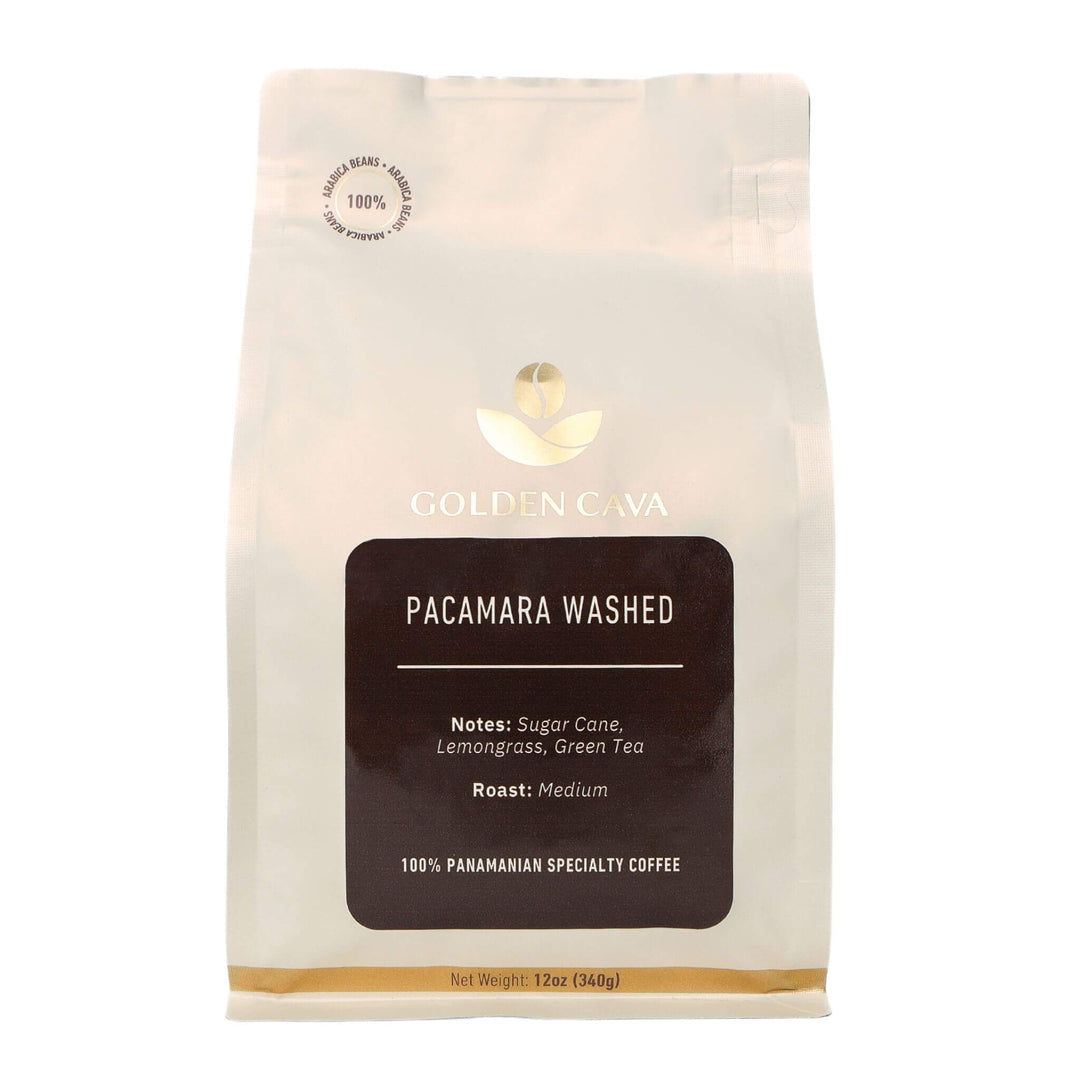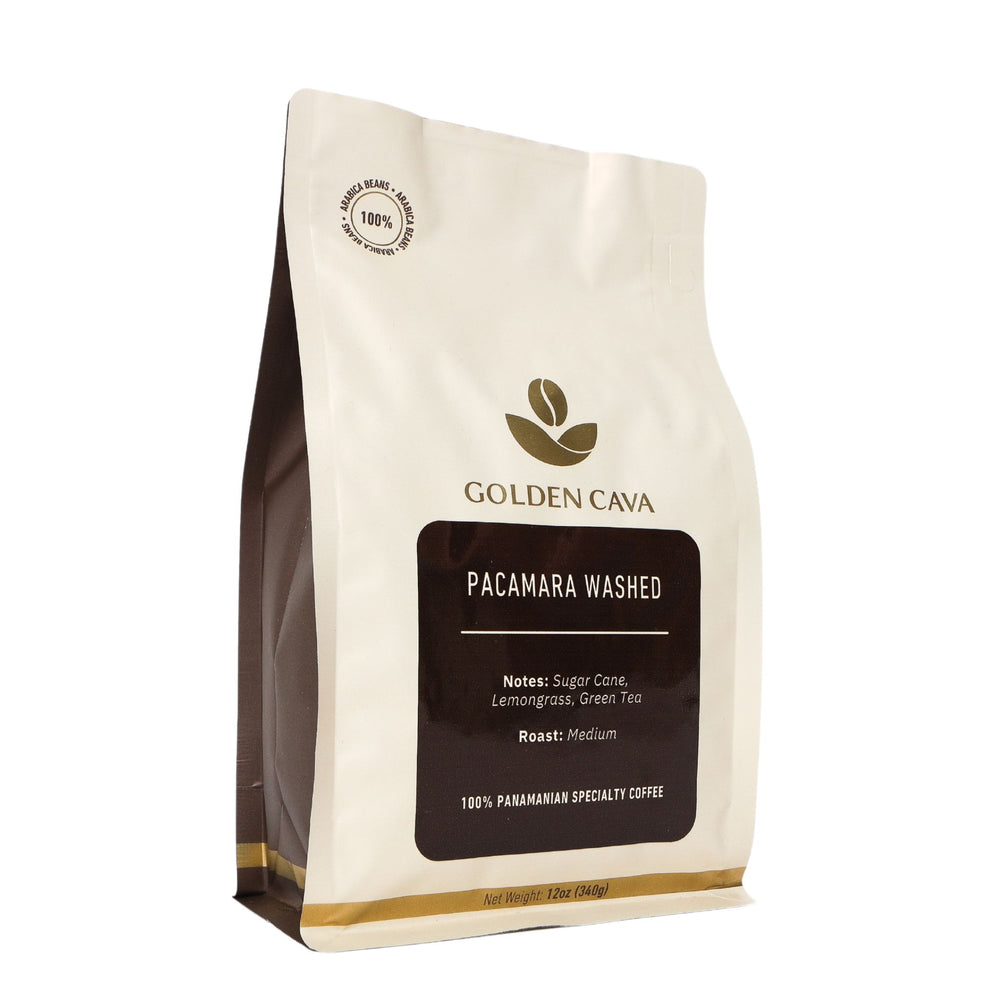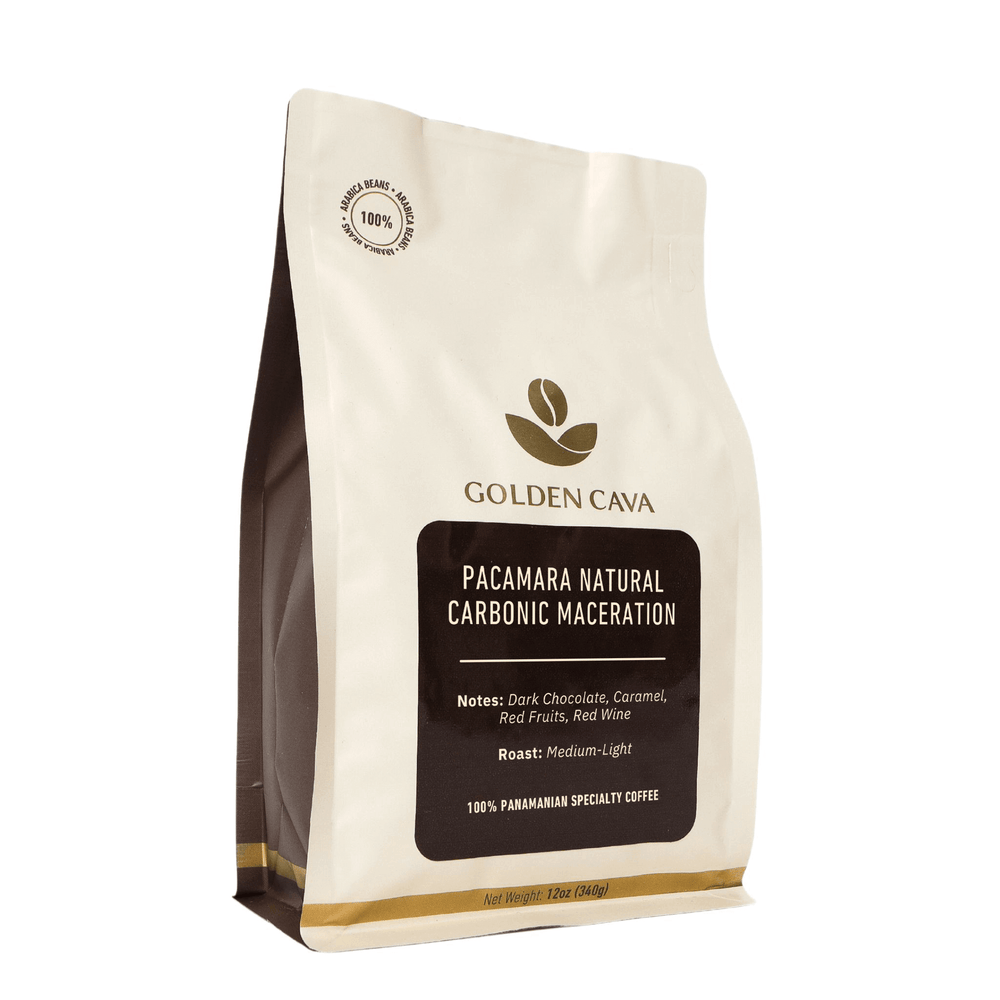Unveiling the Intricacies of Coffee Growing: A Guide
Coffee growing is an intricate journey.
In fact, when it's time to plant and nurture those little beans, the #1 challenge is...
Navigating through coffee growing.
Growing exceptional coffee beans isn't easy, folks.
Consider one aspiring farmer who recently shared that as soon as he started planting... his crops were devastated by unexpected weather conditions.
Now he's hesitant to try again, not to mention worried he'll never achieve his dream of producing top-tier beans on his own land.
Table Of Contents:
- 1. Learn the Art of Coffee Growing
- Create Sustainable Practices for Coffee Growing
- Understand the Different Varieties of Coffee
- Invest in Quality Equipment for Coffee Growing
- Create Sustainable Practices for Coffee Growing
- 5. Master Roasting Techniques for Optimal Flavor
- FAQs in Relation to Coffee Growing
- Conclusion
1. Learn the Art of Coffee Growing
The journey from coffee seed to your morning cup is a fascinating one, filled with meticulous steps and careful nurturing.
If you've ever wondered about how those aromatic beans are grown that make up your daily brew, or if you're an entrepreneur eyeing opportunities in the world's largest coffee consumer market - this article will serve as a primer on understanding the art of growing quality coffee.
Coffee Planting: The Beginning of a Journey
Not all coffees are of the same quality. Coffea Arabica and Robusta Coffee represent two distinct species with different growth requirements. While Arabica prefers cooler climates at high altitudes, Robusta can thrive even under hotter conditions at lower elevations.
Regardless of variety though, successful planting begins with pre-germinated seeds or cuttings being placed into nursery beds before they're moved onto larger plots after six months to one year when their resilience against pests and diseases has increased significantly.
Honoring Growth Stages: Nurturing Your Plants
Growing good-quality beans isn't just about having ideal climate conditions; it also requires constant vigilance during each stage of plant development. For instance, once trees mature enough to produce cherries usually around three years post-plantation, care must be taken to ensure these remain unaffected by changes in weather and disease outbreaks.
A report highlighted rising temperatures have led to a decrease in yields, especially for the arabica variety, pushing its prices upwards - emphasizing the sensitivity of these plants towards environmental factors.
The Harvest Cycle: Reaping What You Sow
Harvest time depends largely on location but generally falls twice a year for arabicas, while robustas have continuous cycles throughout due to their ability to withstand harsher climates, according to data from the International Coffee Organization.
Ensuring only ripe cherries are picked at their peak ensures optimal flavors are preserved for the roasting process later, a key factor that separates specialty from commercial-grade coffees. The latter often mix unripe ones in batches, leading to a lesser quality end product.
Create Sustainable Practices for Coffee Growing
As dominant producers like Brazil in the coffee supply chain continue to meet growing global demand, sustainability, both in terms of the environment and the economy, becomes a paramount concern in the industry today.
Sustainable Farming Methods:
One way of achieving this is through shade-grown farming, which helps preserve biodiversity, improve soil health, and reduce reliance on synthetic fertilizers and pesticides, thus protecting our planet and meeting increasing demands sustainably.
Labor Fairness and Sustainability:
Another aspect to be tackled is ensuring fair labor practices, where farmers and workers involved in the supply chain are paid fairly and treated humanely. With consumers becoming aware of the importance of ethical sourcing, many are willing to pay a premium, knowing that their purchase supports better living and working conditions for those who make it possible to enjoy delicious cups of joe every day.
No matter your level of coffee expertise, there's always something new to discover in the captivating domain of specialty coffees.
Understanding coffee growing is a journey, from seed to cup. It involves recognizing different bean species and their unique needs, constant vigilance during growth stages, and precise harvest timing. Sustainability in farming methods and labor practices are also key considerations for quality coffee production.
Understand the Different Varieties of Coffee
The world of coffee is a fascinating one, with an array of different types to discover. Each variety boasts unique characteristics that shape the flavor profile in your cup.
Arabica Coffee (Coffea Arabica)
Coffea arabica, or simply known as Arabica coffee, hails from Ethiopia and is celebrated for its refined yet complex flavors. This species dominates global coffee production by making up around 60% - 70%. The growing conditions it thrives under are quite specific; high altitudes and tropical climates being ideal.
Rising temperatures due to climate change have pushed arabica prices upwards over recent years. Areas suitable for Arabica cultivation could be reduced nearly by half by 2050 because of these rising temperatures.
Robusta Coffee (Coffea Canephora)
In contrast stands Robusta coffee which delivers a stronger and more bitter taste compared with Arabica. It contains almost double the amount caffeine making it resilient against pests hence easier to cultivate, especially at lower elevations.
This type fills most of the remaining percentage of worldwide production after Arabicas. Vietnam is the dominant producer alongside Brazil, who holds the title of the world's largest coffee producer, thanks largely in part to the robustas grown there.
Different Processing Methods Influence Flavor Profiles
- Natural Process: Here, cherries are dried in their entirety before removing the pulp, resulting in fruity tasting notes as sugars migrate into the bean during the drying process.
- Honey Process: In this method, some fruit is left on while drying, creating sweet nuanced flavors.
- Washed Process: Cherries are stripped off all flesh, then fermented and washed clean, leaving the purest expression of the bean itself.
Invest in Quality Equipment for Coffee Growing
For coffee production, having the right equipment is essential for achieving high-quality results and meeting consumer demand. The tools you employ will have a significant influence on your ability to cultivate high-quality coffee plants and harvest beans that meet growing global demand.
To put it simply, investing wisely in quality tools contributes significantly towards increased productivity and consistency across different batches.
The Importance of Quality Tools
Your tool kit isn't just about harvesting machines. It's also about ensuring each bean harvested has its peak freshness intact, which directly impacts flavor when brewed later on.
This means every piece of equipment from shovels used for planting seeds to pruners for trimming leaves plays an integral role within the entire process - contributing positively not only towards quantity but more importantly overall quality too.
Selecting Your Equipment
Choosing appropriate machinery requires careful consideration regarding various factors such as durability, efficiency, plus ease-of-use. For instance: sturdy baskets become essential during the harvesting phase while adjustable watering cans prove beneficial throughout the growth period, especially under varying climate conditions caused by rising temperatures globally speaking.
Sourcing High-Quality Equipment
Finding reliable sources might seem daunting initially given the diverse market today. However, there are numerous reputable suppliers available online specializing in providing top-tier products suitable for both large-scale operations and smaller home-based growers alike. Golden Cava recommends opting for providers committed to environmental responsibility, thereby promoting sustainable practices throughout manufacturing processes - starting from sourcing raw materials responsibly till product disposal after the lifespan ends.
Maintenance Is Key
Last but certainly not least: remember maintenance matters. Regular servicing ensures longer lifespans, thus saving costs over time besides preventing unexpected breakdowns during critical periods i.e., harvest season hence avoiding unnecessary losses incurred delays/damage, etcetera. Furthermore, proper care helps preserve functionality, therefore maintaining consistent output regardless of whether one's involved in small-scale cultivation versus being part of the world's largest producers/consumers globally speaking.
When it comes to coffee growing, investing in top-tier equipment and regular maintenance is crucial. From planting seeds to brewing the final cup, every tool impacts bean quality. Choose wisely considering durability and efficiency, source from environmentally responsible suppliers, and don't skimp on servicing.
Create Sustainable Practices for Coffee Growing
As coffee enthusiasts, we can't ignore the elephant in the room: our beloved brew comes with a significant environmental footprint. Brazil, as one of the dominant coffee producers globally, has an especially crucial role to play within the coffee industry. But how do we balance increased coffee production to meet growing global demand with sustainability? Let's explore.
This philosophy extends from Coffea Arabica plants right through to your morning cup of Robusta coffee.
Sustainable Farming Techniques
The International Coffee Organization encourages several sustainable farming techniques that could revolutionize how we grow this widely consumed beverage—regardless of climate change or rising temperatures.
- Shade-grown cultivation: This involves planting trees alongside your coffee plants— shade-grown coffee is a technique that mimics their native rainforest environment while promoting biodiversity and reducing soil erosion.
- Crop rotation: Alternating different crops within the same field helps improve soil health by replenishing nutrients naturally.
- Natural pest management: Instead of using harmful pesticides, farmers are encouraged to use natural predators like birds or insects.
Laboratory-Grown Coffee Cells
Innovation is key when it comes to meeting future demands sustainably—and science might have found an answer in lab-grown coffees. Finland successfully produced these without needing any land or sunlight. Just some food for thought, imagine what this means for the world's largest coffee consumer nations if such methods become commercially viable.
5. Master Roasting Techniques for Optimal Flavor
The mastery of roasting coffee beans is a critical component in the flavor and aroma profile of your brew. It's more than just applying heat to green coffee beans; it involves understanding the science behind it, timing, temperature control, and knowing when to stop.
Exploring the essential elements to successful coffee bean roasting, let's dive in.
A: Understanding Coffee Bean Types
Different types of coffee beans respond differently during roasting due to their inherent properties. Arabica and Robusta are two common varieties used worldwide with distinct characteristics affecting taste profiles. World Coffee Research provides excellent resources on these differences which can be instrumental in guiding how long or intensely you roast your beans.
B: Recognizing Stages Of Roast Development
Coffee bean roasting follows several stages from light (first crack) through medium-dark (second crack), up until dark roast, each having unique attributes such as oiliness on the surface and intense flavors like those found in espresso blends. Your choice will depend on personal preference, but remember different brewing methods may work better with certain levels of roasts, so don't hesitate to experiment and find what suits you best.
C: Controlling Temperature And Time
The rate at which heat is applied influences how well-developed your final product will be. A slow process could result in baked flavors, while too fast might lead to underdeveloped tastes or even scorching them. Keeping track using a timer also assists greatly, especially if you're new at this. Extensive studies have been conducted around optimal temperatures required for various stages, proving an invaluable resource for aspiring home-roasters alike.
D: Cooling Process After Roast
Once the desired level is reached, cooling should begin immediately; otherwise, residual heat continues cooking, leading towards over-roasted results, thereby negatively affecting overall quality. This phase is often overlooked by beginners yet vital in ensuring the best outcome possible. Therefore, never neglect the importance of a proper cool-down period after the session. Mastering any skill takes time, patience, and practice. The same applies here too. Don't get discouraged if your initial attempts aren't perfect. Instead, learn from your mistakes and keep refining your technique. Eventually, you will be rewarded with deliciously aromatic and flavorful cups every morning, worth all the effort you put forth.
Roasting coffee is an art, demanding a keen understanding of bean types, roast stages, temperature control and cooling processes. It's not just heating beans; it's about timing and precision. With practice and patience, you can master the skill for a perfectly brewed cup every morning.
FAQs in Relation to Coffee Growing
What is the big issue of growing coffee?
The main challenge in coffee cultivation is climate change. Rising temperatures, unpredictable rainfall, and increased pests pose significant threats to crop yields and quality.
What are the basics of coffee-growing?
Coffee-growing involves planting seeds or cuttings in rich soil, providing ample sunlight and water, and waiting for cherries to ripen before harvesting them manually or mechanically.
Is growing coffee good for the environment?
If managed sustainably, yes. Coffee plantations can support biodiversity by providing habitats for various species. However, improper practices can lead to deforestation and soil degradation.
Why is coffee-growing important?
Coffee cultivation plays a crucial role economically as it provides livelihoods for millions globally while also contributing significantly to some countries' GDPs.
Conclusion
Mastering the art of coffee growing is a journey.
A voyage through varieties, tools, and sustainable practices.
From planting to harvesting and beyond, it's an adventure in flavor and aroma.
The different types of beans each have their unique characteristics that affect your cup of joe.
Quality equipment can make or break your harvest.
Sustainability isn't just a buzzword - it's integral to producing high-quality beans while protecting our planet.
Roasting techniques are the final piece of this complex puzzle, bringing out maximum flavor for you to savor every sip.
Our specialty coffee store offers more than just premium beans; we provide experiences.
We believe in quality, freshness, and sustainability as much as we do in better brewing methods.
So why not embark on this fascinating journey with us?
Explore new flavors from around the world right at home!

